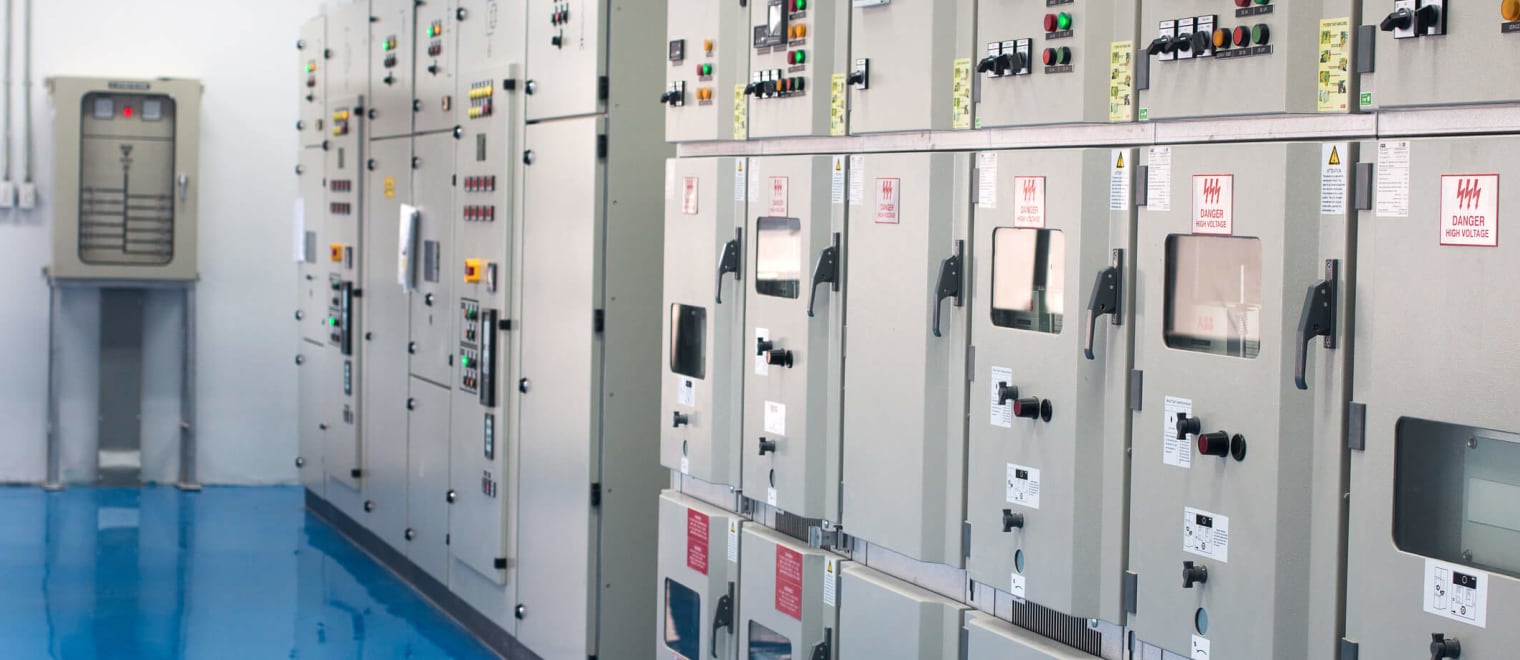This informal CPD article Guidance for Entry into Substations and Switchrooms was provided by Horizon Engineering Solutions, established in 2015 to fill the gaps in the marketplace within Northern Ireland for the provision of specialist Electrical and Mechanical Engineering support services to major industrial clients.
An untrained or inexperienced person, which could include members of the public, children, vandals, client employees, apprentices, non- electrical trades persons and in some cases client management could have little or no conception of the many hazards which could exist within a substation or switch room. It is therefore essential that all substations and switch rooms are secured to prevent any unauthorized entry.
Even for those trained and experienced in the hazards which may exist it is still vitally important that they carry out safety checks in a methodical manner before entering any substation or switch room.
The Role of the Authorised or Competent Person
As an Authorised or Competent Person, you must not enter or allow anyone else to enter a substation or switch room until you are satisfied that it is safe to do so. You must not endanger yourself or endanger anyone else who may be under your supervision or who will be carrying out work under a Permit to Work.
The pre-Entry and Entry Safety checks highlighted in this article should be considered as the minimum required. Depending on site conditions additional safety checks may be required and these need to be documented on your Method Statement and Risk Assessments for the work which is going to be carried out. This should also include amending and adding to your Safety Checklist as required.
Even if you are very familiar with the substation or switch room it is essential that you carry out safety checks before you enter them. You should not assume that it will be safe to enter without checking.
Things can change! So be prepared!
When planning your work ensure that your Method Statement and Risk Assessment, or Standard Operating Procedure (SOP) identifies:
- All the potential Hazards which you may encounter
- The control measures which need to be put place to either eliminate or reduce the Risks
- The PPE, tools and equipment which will be required to carry out the work safely
It is also recommended that special attention is paid to the presence of
- Fire Protection Gas Suppression systems
- Asbestos
- Gas
- Vermin
- Ingress of water
- Mineral Oil, MIDEL or
- SF6 Gas and its decomposition products
Pre-Entry Procedure
Before you approach a substation or switch room check that the Fire Detection and Alarm System is indicating normal healthy conditions. When approaching a substation or switch room the most obvious and most important thing you must do is to verify that you are at the right substation or switch room.
Mistakes have been made when people have entered the wrong substation or switch room to carry out work. To verify your location, always use up to date site drawings and information, and check the external identification and warning signage usually found on the door of the substation or switch room or gate leading into a transformer or substation compound.
Having verified that you are at the correct location the following observations can tell you a lot about what you may encounter:
- Broken locks, doors or gates may indicate that unauthorized entry has taken place
- Storage of non - electrical materials adjacent to or within the substation and switch room buildings or transformer compounds may indicate that the security of these area has been compromised, i.e., unauthorized persons have keys
- The storage of flammable materials next to electrical apparatus may also create a fire risk
- The storage of any materials may also impede safe access and egress to and from these areas
- Building defects such as roof leaks, broken guttering and downpipes and blocked drains may indicate that water ingress into the substation or switch room has occurred
- Smoke damage around vents may indicate that a fire has occurred
- Smoke emanating from vents and doors warm to the touch may indicate that there is a fire
In external areas
- Accumulations of water may indicate that there are problems with the drains or bund dewatering systems
- Major oil leaks may indicate that switchgear or transformers have leaked
Do not enter any area where you suspect there is a fire, accumulations of water, major oil leaks, or the storage of materials which may cause a fire or may impede your safe access or egress. Always report your findings to your management and await further instructions.














